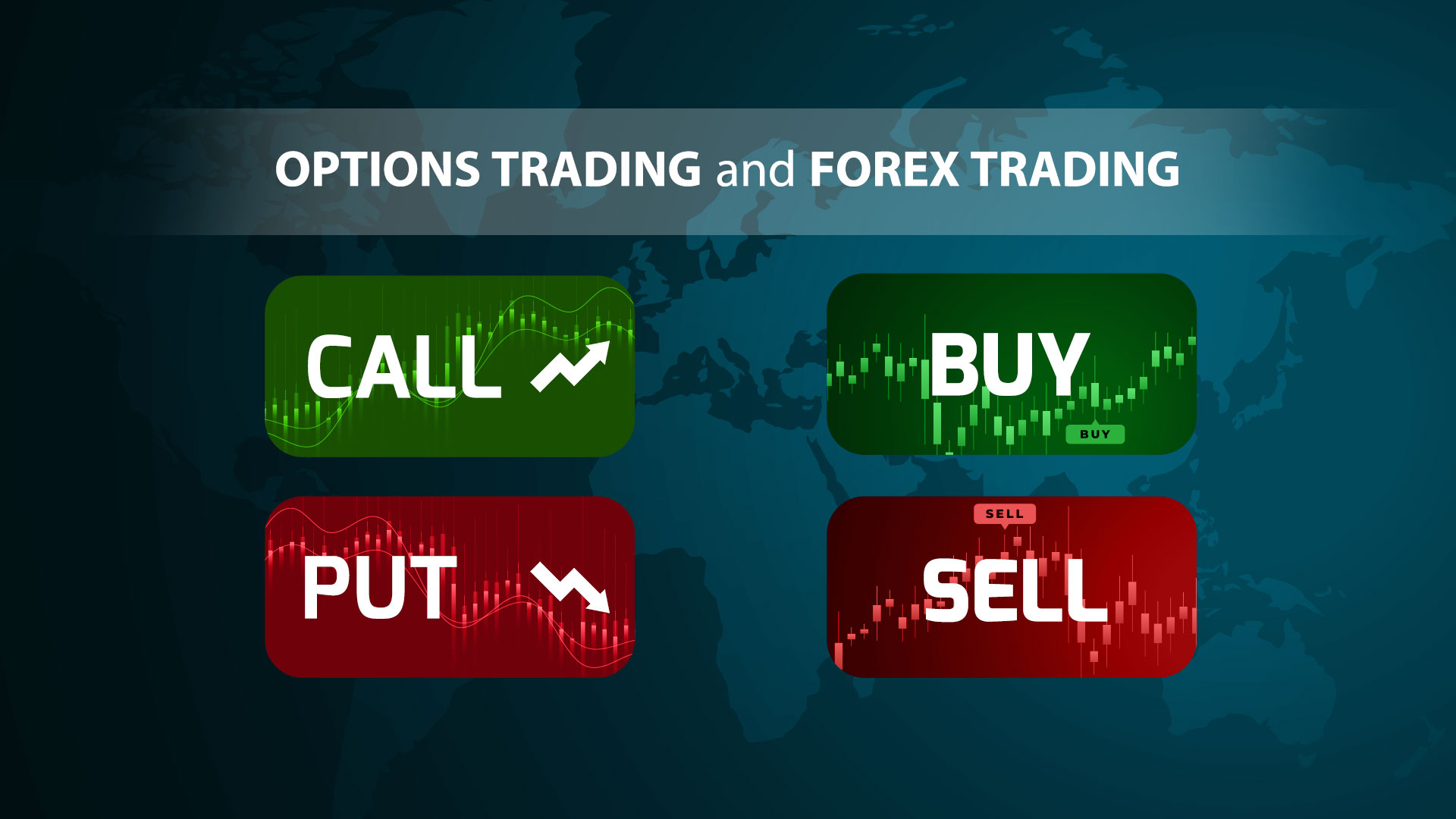Options vs. Futures: A Tale of Two Derivatives
In the realm of financial markets, derivatives play a pivotal role in shaping portfolios and mitigating risk. Two such derivatives—options and futures—offer distinct strategies for investors, each with its own set of advantages and potential pitfalls. This comprehensive guide delves into the intricate world of options trading and futures trading, providing a clear understanding of their similarities, differences, and how to optimize their use.

Image: tradebrains.in
Options Trading: The Art of Speculation
Options are versatile contracts that grant the holder the right, but not the obligation, to buy (call option) or sell (put option) an underlying asset at a predetermined price on or before a specified date. This flexibility makes options attractive for speculating on the directional movement of assets, as well as for hedging existing positions.
Key concepts in options trading include:
- Strike price: The price at which the underlying asset can be bought or sold.
- Expiration date: The date on which the option contract expires.
- Premium: The price paid to acquire an option contract.
Futures Trading: A Binding Commitment
Unlike options, futures are binding contracts that obligate both the buyer and seller to exchange an underlying asset at a predetermined price on a future date. Typically, futures are used for hedging purposes, such as protecting against price fluctuations in commodities like corn or oil.
Core concepts in futures trading:
- Contract size: The number of units of the underlying asset represented by each contract.
- Delivery date: The date on which the underlying asset is physically delivered.
- Margin: A deposit required to open a futures position, which serves as collateral against potential losses.
Comparing Options and Futures: A Side-by-Side Analysis
| Feature | Option Trading | Futures Trading |
|---|---|---|
| Type of contract | Right to buy or sell | Obligation to buy or sell |
| Flexibility | Gives the holder the option | Legally binding |
| Premium vs. margin | Premium paid upfront | Margin required |
| Speculative potential | High | Moderate |
| Hedging effectiveness | Can hedge against price movements | More suitable for hedging against price changes in specific assets |
| Liquidity | Varies depending on the underlying asset | Generally more liquid |

Image: capitalflow.info
Choosing the Right Derivative for Your Investment Goals
Selecting the appropriate derivative depends on the investor’s specific goals, risk tolerance, and investment horizon. Options trading offers greater flexibility and speculative opportunities, but it comes with higher risk. Futures trading provides a more direct way to gain exposure to an underlying asset, but it involves a binding commitment and margin requirements.
Option Trading Vs Futures Trading
Conclusion
Options trading and futures trading are powerful tools that can enhance an investor’s portfolio. By understanding the key differences between these derivatives, investors can harness their strengths and mitigate their risks. Whether seeking speculative returns or protecting against market volatility, both options and futures offer unique opportunities for informed decision-making in the financial markets.






